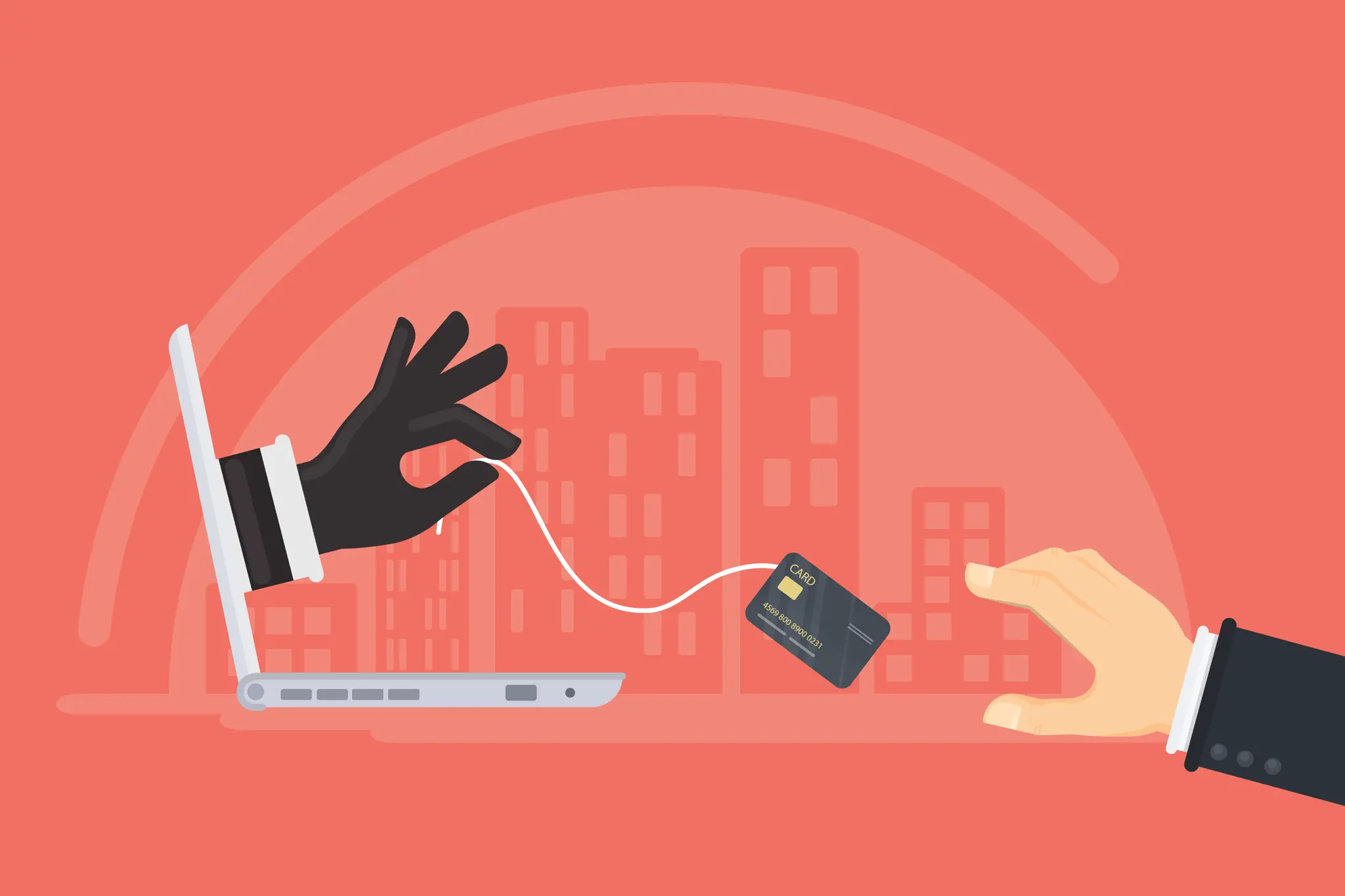Introduction
Have you ever received an email saying you won a million dollars, but you just need to pay a small fee to claim it? Or a message from “Netflix” saying your account will be suspended unless you update your payment details?If so, you’ve encountered an online scam! Scammers are getting smarter, and their tricks can fool even the most tech-savvy people. But don’t worry—after reading this, you’ll never fall for an online scam again!
1. The Phishing Scam: Fake Emails & Messages
🚨 How it works:
Scammers pretend to be a trusted company (like PayPal, Amazon, or your bank) and send an email or text asking you to click a link and log in. But the link leads to a fake website that steals your credentials.🎭 Example:
🔹 Never click links in suspicious emails—go to the company’s website directly
🔹 Check the sender’s email—official companies won’t use “@gmail.com”
🔹 Hover over links to see where they actually lead
2. The Tech Support Scam: “Microsoft” Calls You!
🚨 How it works:
You get a random call or popup saying, “Your computer is infected! Call now for support.” The scammer pretends to be from Microsoft or Apple, tricks you into installing software, and steals your personal info or charges you for fake repairs.🎭 Example:
🔹 Microsoft never calls users about viruses—hang up!
🔹 Don’t call numbers from pop-ups—real companies don’t do that
🔹 Install a trusted antivirus program to block fake alerts
3. The Online Shopping Scam: “Too Good to Be True” Deals
🚨 How it works:
Scammers set up fake online stores that sell expensive products at super low prices. But once you pay, you never receive your order.🎭 Example:
🔹 If a deal looks too good to be true, it probably is
🔹 Check for customer reviews and the website’s history
🔹 Use secure payment methods (credit card, PayPal) instead of direct bank transfers
Final Thoughts: Stay Scam-Free!
The internet is full of scammers, but by staying alert and knowing their tricks, you can avoid becoming a victim. Always double-check messages, never rush into decisions, and educate others about these scams.👥 Share this with your friends & family so they don’t fall for these scams!

